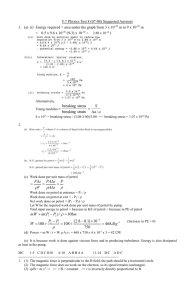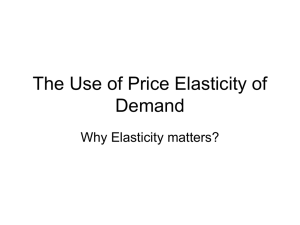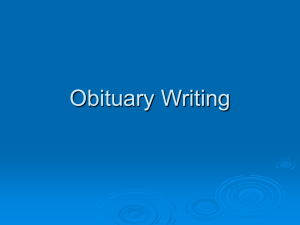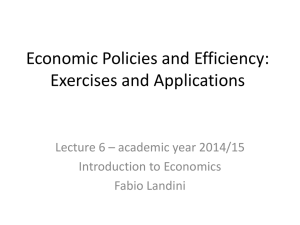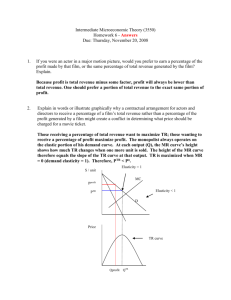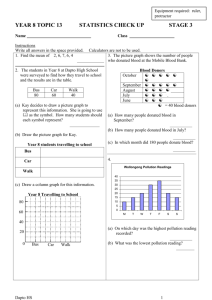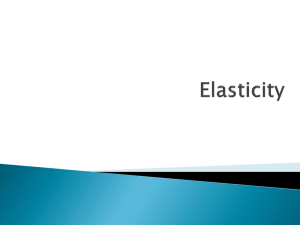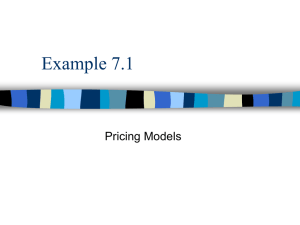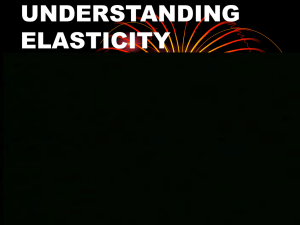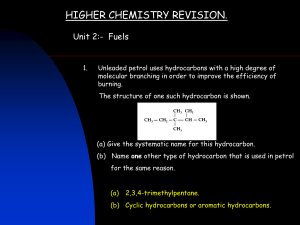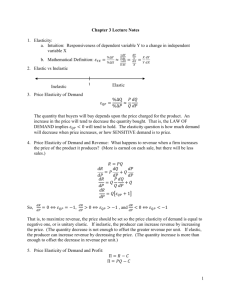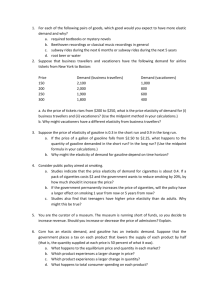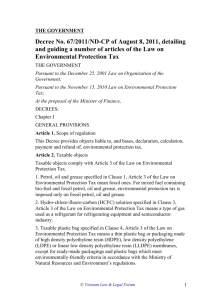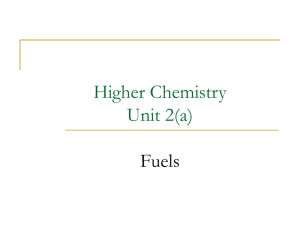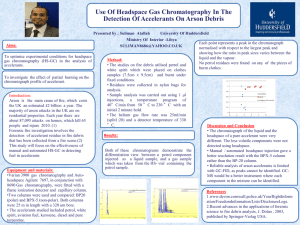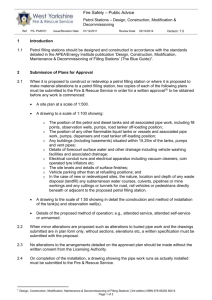Presentazione di PowerPoint
advertisement
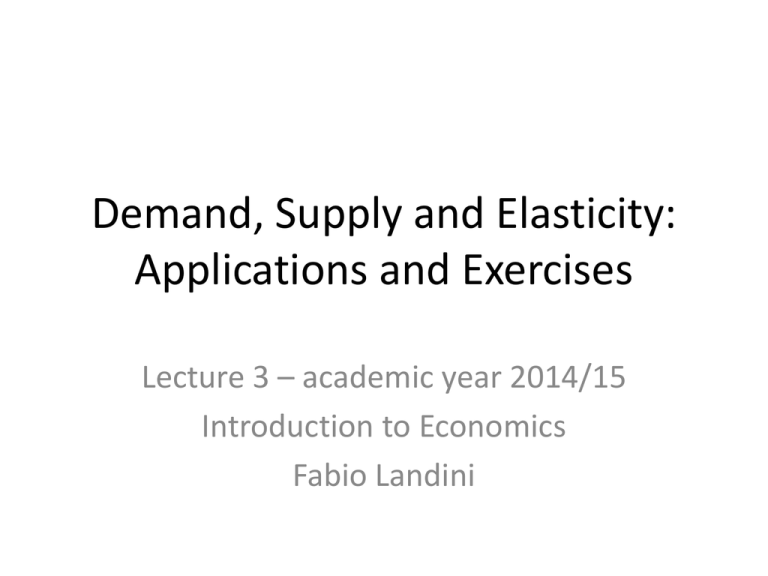
Demand, Supply and Elasticity: Applications and Exercises Lecture 3 – academic year 2014/15 Introduction to Economics Fabio Landini Ex. 3.1 – The lottery Question Suppose you win 100 € at the lottery. You can spend all the money in beers or invest them at 5%. How much does it cost to spend the money you win in beers? Hint: Reason in terms of opportunity cost… Ex. 3.2 – Product development Question A company invested 5 mln. € to develop a new product, expecting an equal return from the investment. Problem: 5 mln are not enough to complete the product, 1 mln is needed. Moreover: competition reduces the expectation reduces the expectations to just 3 mln € sales. Is it more convenient to stop or to continue the commercialization of the product? Hint: Reason in terms of MB vs. MC Ex. 3.3 – Demand and Supply I Question Use the Demand & Supply model to answer the following questions: i) When a chill hits Sicily, what happens to the price of oranges in Italy? Increases or decrease? ii) When UK benefits of a mild winter, what happens to the price of hotel rooms in Costa Brava? Increase or decrease? iii) When a war breaks out in Middle East, what happens to the price of petrol an second-hand Cadillac in US? Increase or decrease? Ex. 3.4 – Demand and Supply II Question The market for cheese is characterized by the following demand and supply curve: Demand: QD= 9 – P Supply: QO= 3P – 3 where P represent the price (in Euro per Kg.) and Q represent the quantity (in Kg.). How do the demand curve and supply curve look like (draw)? Which is the value of the equilibrium prices and quantities? Ex. 3.5 – Elasticity I If the % variation in quantity is smaller than the % decrease in price, the value of E(p) is: a) > 1 ; b) < 1 ; c) = 1. If the quantity demanded is constant after a change in the level of price, the value of E(p) is: a) > 1 ; b) < 0 ; c) none of the above. 6 Ex. 3.6 – Elasticity II For each of these pair of goods say which good has the most elastic demand? (a) Textbooks vs. Science fiction books Answer: Science fiction books, because they are “luxury” goods. Textbooks are necessary for most young people b) Beethoven’s CD vs. Classical CD in general Answer: Beethoven’s CD. Beethoven and Brahms are closer substitute than a classical and a jazz CD 7 Ex. 3.6 – Elasticity II (c) Fuel in the short period (6 months) vs. petrol in the long period (5 years) Answer: Petrol in the long period. In the short period D for fuel in inelastic, it is determined by the technological conditions (given cars and industry) and weather (heating). In the long period D for fuel is instead relatively elastic (technological constraint are lessened) (d) Beer vs. water Answer: Beer. Water is a necessary goods, whereas beer is a “luxury” goods (it has many substitutes) 8 Ex. 3.7 – Travellers Hp.: business men and tourists have the following demand for flight tickets on route New York-Boston Qd – Business men 150 2100 Price Qd Tourists 1000 200 2000 800 250 1900 600 300 1800 400 9 Ex. 3.7 – Travellers Question: 1) Compute the elasticity for the two categories of travellers 2) Which one of the two categories is characterized by a less elastic demand? Why? 10 Ex. 3.8 – Tom & Jerry Question: Tom and Jerry go to the petrol station. Tom always demand 10 litres without even looking at the price. Jerry always demand 10 euro of petrol. Which is Tom’s and Jerry’s ED(p) ? 11




